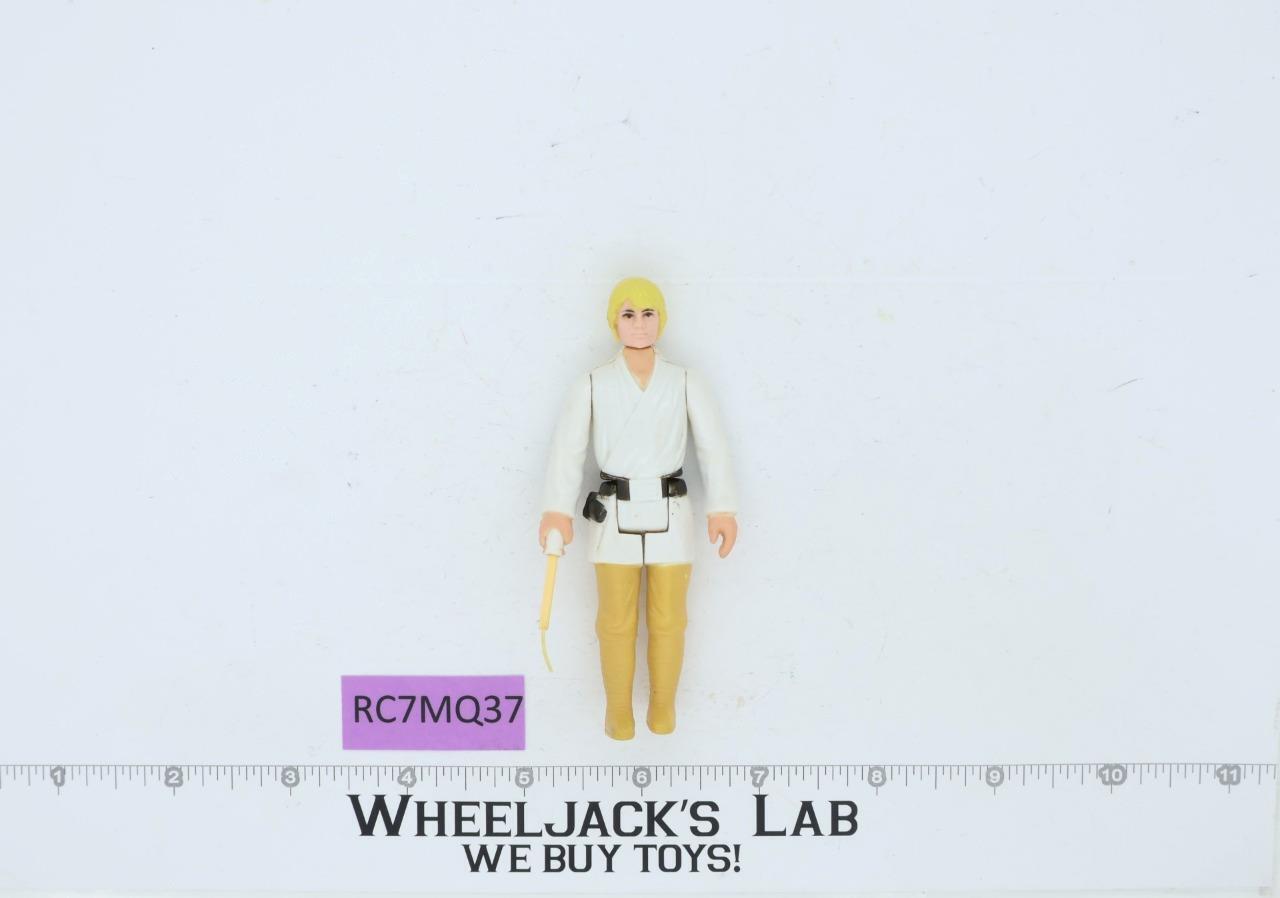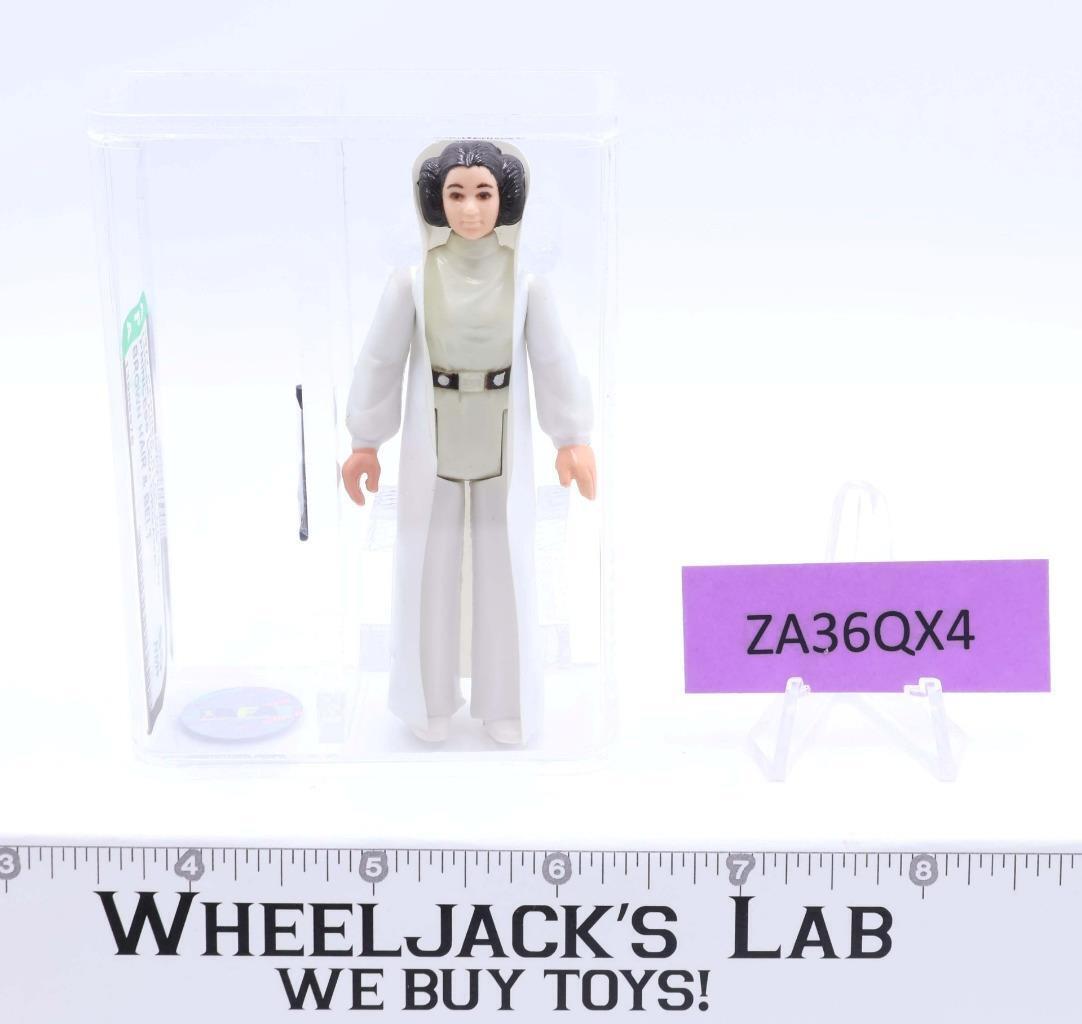Moments in Toy History: The Story Behind Kenner Star Wars
For most who grew up in the 1970s, there was one major event that defined the decade: the release of Star Wars and the launch of Kenner’s toy line. While George Lucas did not create the first movie to be labeled a blockbuster, his science fiction epic became a phenomenon of its own. By utilizing the most of its budget, Star Wars easily earned $550 million when it hit theaters in 1977. Thus, nearly every child around the nation dreamed of the chance to save the galaxy with Luke Skywalker.
However, toys that cashed in on prior movies never provided enough interest to become profitable. So, the rise in popularity of Star Wars toys took the industry by surprise. In fact, the Star Wars toy line almost failed to happen because it required a special company to take a huge gamble. Luckily, Kenner became that company to take a chance and sign on with George Lucas.
What was Star Wars?

Before 1977, few knew the name, George Lucas. While he had created a few films, few had gained mass appeal. Still, he had a dream to create the science fiction epic that would define the genre for years to come. He got the chance to see this dream realized after directing American Graffiti for Universal Pictures. After that film became a success, he was granted the green light to create his defining work, Star Wars.
Still, George Lucas was a relatively new name in the film industry, so he was only granted a small budget of 8 million to create this film. While he attempted to keep the film within the constraints of the budget, he wound up going 3 million over budget. Still, he used the small 11 million dollars to its fullest, creating exciting space battles and effects.
George Lucas refined the classic Hero’s Journey to forge the template for Luke Skywalker’s quest to save the Galaxy. As the boy left his home world of Tatooine, he gained the experience and skills to take on the Empire and its oppressive regime. By the end of the trilogy, the boy had become a man and stood up against the evilest man in the Empire, the Emperor himself.
The exploits of Luke Skywalker, Han Solo, Leia Organa, and their friends kept audiences hooked. Thus, a phenomenon was born at the box office. The children who watched these heroes on the silver screen excitedly waited to play with them at home.
The Toy Line that Almost Never Happened

As George Lucas set forth to direct Star Wars, he also made certain that he would have full control over the franchise. Not only would he hold the rights to all of the characters, locations, and other elements of the film, but he also sought full control over the merchandising. While previous movies had mostly made their profits at the box office, Lucas felt that Star Wars would be different. So, he happily accepted a small salary from Fox, $150,000, in exchange for full rights to the sequels and the merchandise.
Unfortunately, one of his first steps to envisioning a world filled with Star Wars merchandise almost didn’t happen. His first choices for toy companies, like Mego, initially turned him down. These companies had other products based on science fiction movies and television shows, so they didn’t want to compete with their products. They also did not foresee the giant that the movie would become. Up to that point, movies failed to produce enough traction to produce profitable toy lines.
As George Lucas struggled to find the right company to work with him, the release date steadily closed in. So, any company would have difficulty producing an entire toy line with only months to prepare. So, the toys began to look like a distant dream.
Fortunately, he managed to get in contact with a small company that believed in his upcoming film. Supposedly, Kenner’s President, Bernie Loomis, learned about the upcoming film via the Hollywood Reporter. As he learned that the rights were still up in the air, he sought a meeting with Fox and George Lucas. He was known for having a golden gut, able to discern a profit, and Star Wars would not let him down.
The Deal that Haunted George Lucas for Years

When George Lucas’ team and Kenner met up at the Century Plaza Hotel in Los Angeles, it became apparent that Kenner was the correct home of the Star Wars license. The company excitedly learned about the upcoming movie and was eager to begin working on the toys. However, there were details that both sides needed to agree to before the project could begin.
For Kenner, the company learned that they had only had about a month to produce the products. Since most toy lines required at least two years to be developed, this posed a huge problem. However, Kenner believed that they could come up with something to make it work. For instance, that time allowed them to quickly produce puzzles and other simple products. However, action figures would require more development time. Still, Kenner was willing to take the risk.
Meanwhile, George Lucas had been turned down by multiple toy companies. He barely had any other companies to turn to if the deal fell apart. So, when Kenner came back to him with a contract, he had little room to negotiate. Thus, he wound up accepting Kenner’s terms, signing on to receive only five cents for every dollar of toys sold indefinitely. As long as Kenner paid at least $10,000 in royalties to George Lucas, this contract remained binding. In time, he found a way to negotiate a new deal as Hasbro bought up Kenner; however, it remained binding for over a decade.
How to Launch a Toy Line in a Month

As Kenner settled in to begin work on the Star Wars toy line, they had one major hurdle to overcome. With Star Wars hitting theaters around a month after they signed on to create the toys, they had little time to develop the products. To date, no company had managed to launch an entire toy line in a month. So, they had to develop a plan to meet this date.
As the team considered what they would do to create products for store shelves that December, they landed on a historic decision. Since they knew they could not produce action figures in such a short time frame, they instead decided to sell the promise of toys produced in the future. Whey called this pre-order set-up the Early Bird Certificate Package. Those who purchased the package would receive a membership to the Star Wars Club which “Luke Skywalker” signed. More importantly, these people would secure the right to receive 4 Star Wars action figures once they were ready. So, parents would know that their children would receive Chewbacca, Luke Skywalker, Princess Lea, and R2D2 between February and June of the following year.
Since Kenner only offered these certificates up until December 31st, customers rushed in to buy into the program. Thus, several hundred thousand certificates were sold, with many making their way to the feet of Christmas trees. While children did not open up their presents to find toys, they were still excited to receive these certificates.
Creating a Star Wars Action Figure

With a plan in place to meet their initial deadline, Kenner still had to decide how to design these action figures. For the last few years, action figures were akin to dolls, standing at 8 to 12 inches tall. Companies like Mego had set the standard for years with their Million Dollar Man, Planet of the Apes, and other toy lines. However, these toys were not the quickest nor the cheapest to produce. So, Kenner sought another route.
As the team considered their options, Bernie Lomis defined the scale that they would use. By holding out his hand with his pointer finger and thumb separated by about 4 inches, the decision was made. Now that the team knew how big the figures would be, they set out to design the products themselves. Bernie entrusted men like Jim Swearington to oversee the production of these action figures. Moreover, George Lucas remained involved in the production, approving and rejecting the designs as needed.
Star Wars Became the Hugest Toy Line from the 1970s
Despite a rocky start, Star Wars became the defining toy line in the 1970s. After Kenner took the industry by surprise with their Early Bird Certificate Packages, no other toy line could come close to competing with them. Moreover, the success of Star Wars made Kenner one of the greatest toy companies in the 1980s.
Star Wars changed the landscape of the toy industry. Instead of scoffing at movie tie-ins, companies now clamored in to profit off the next huge wave. Moreover, companies like Mattel never forgot that they missed out on the chance to become the company that presented Star Wars to store shelves. Years later, they too created a new phenomenon, He-Man. However, that is a tale for another day.
Do you have old and used Star Wars toys?

If you have a collection of old and used toys, you can turn those toys into cash. There is no reason to let those old toys collect dust. Contact us today to sell your Star War toy collection.
Our professional, friendly, and expert staff have decades of experience as collectible toy buyers. If you are ready to sell your collection today, fill out the form below or call us at 888-946-2895.
About the Author
Chris Ingledue is the founder and owner of Wheeljack’s Lab pop Culture and Toy Shop. His vision has always been to reunite customers with their favorite childhood toys and pop culture, triggering fond memories, and reigniting their imaginations. Every day he works in the “lab” where it’s Christmas 365 days a year; scouring the internet – like we did the Sears Catalog of yesteryear – for the next great treasure, awaiting the arrival of the postman as if he was Santa Claus himself and helping collectors worldwide with their own versions of Christmas. For Chris, every day as a vintage toy buyer is an absolute joy!